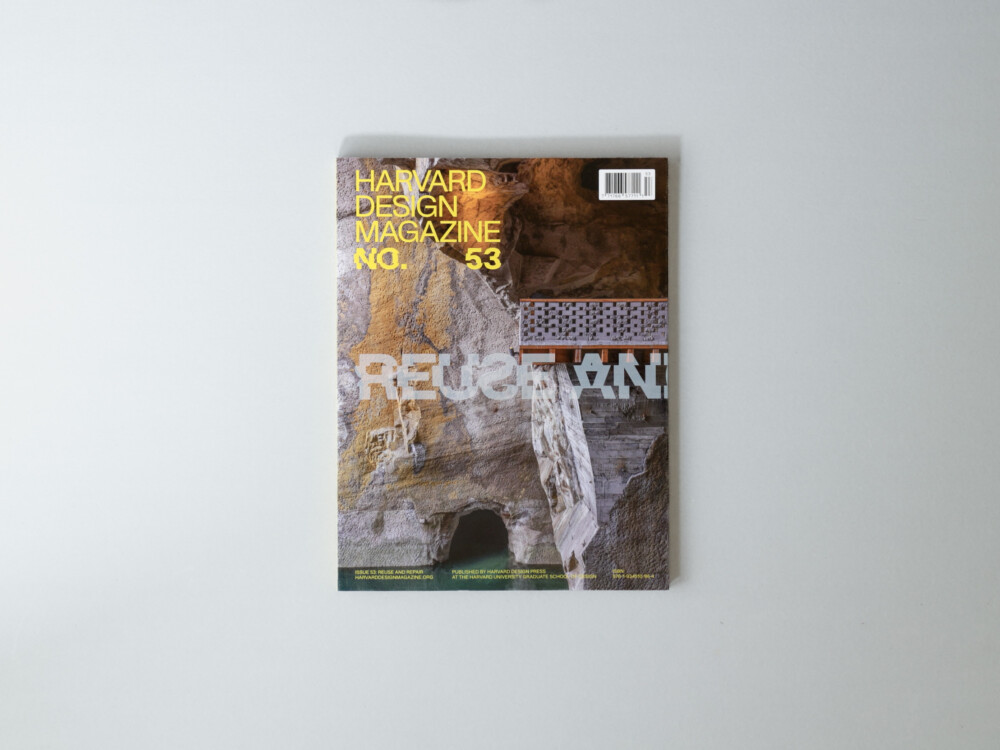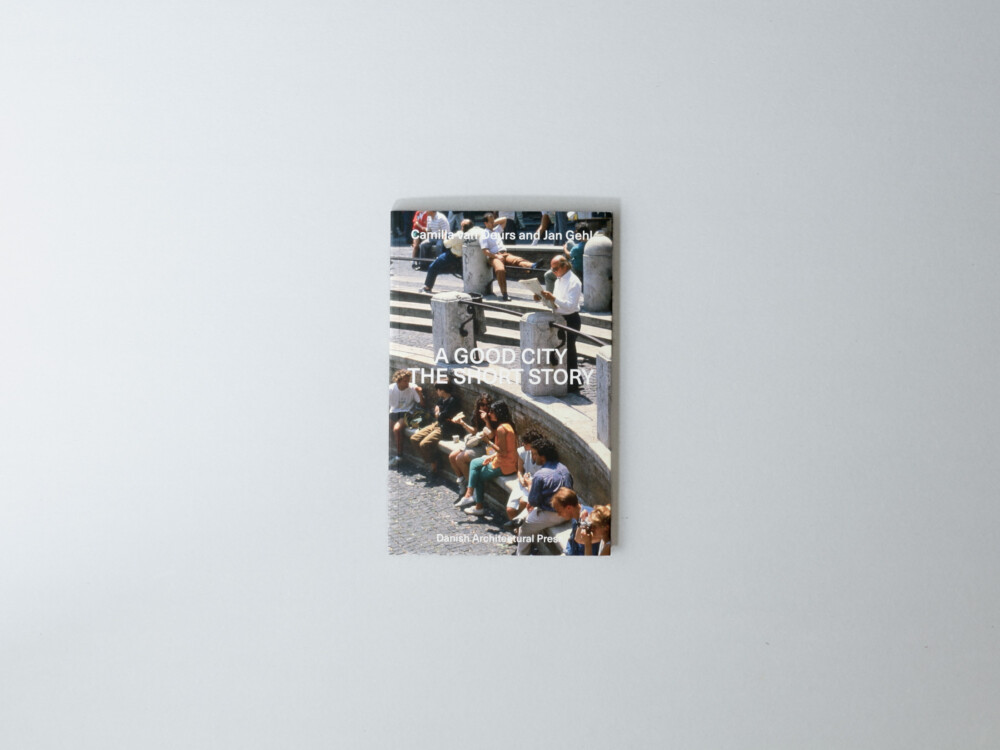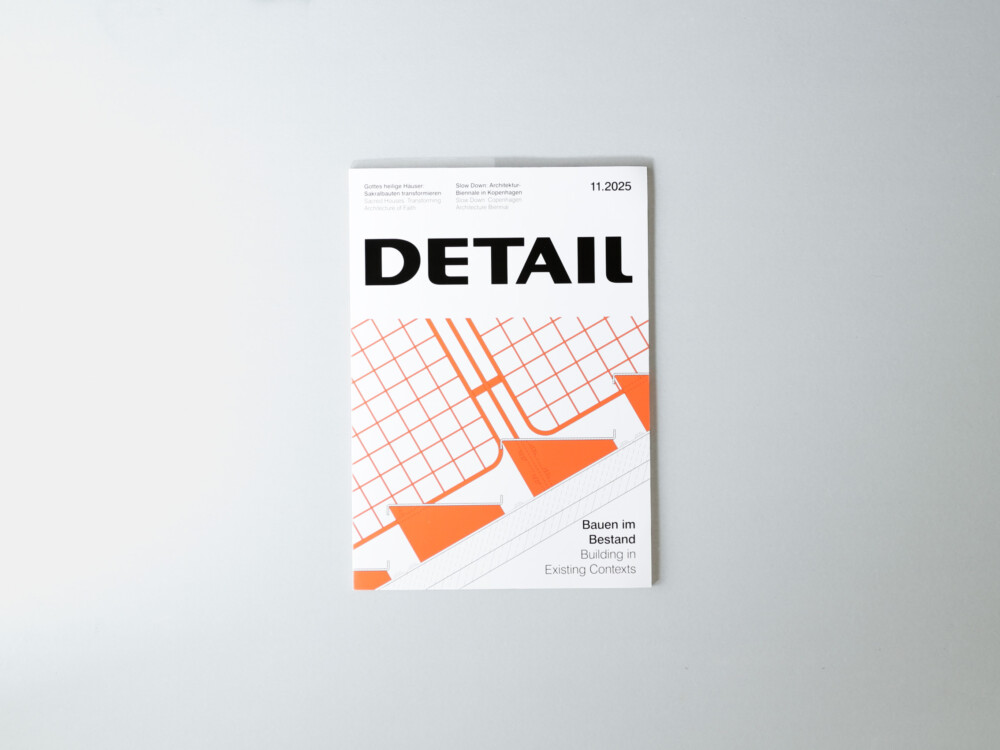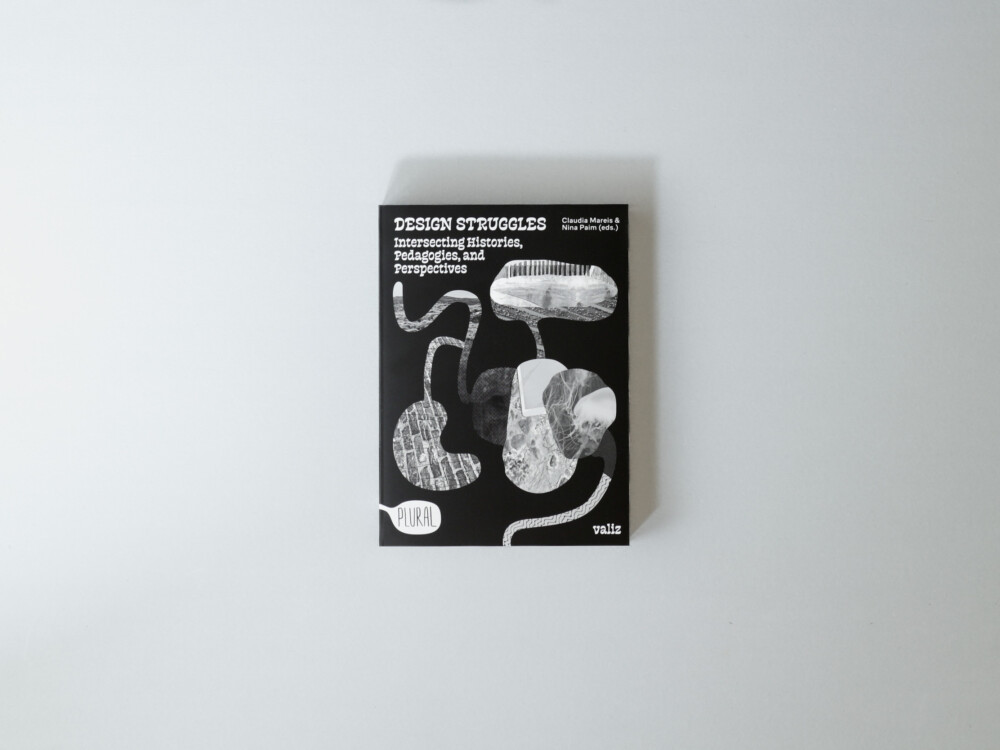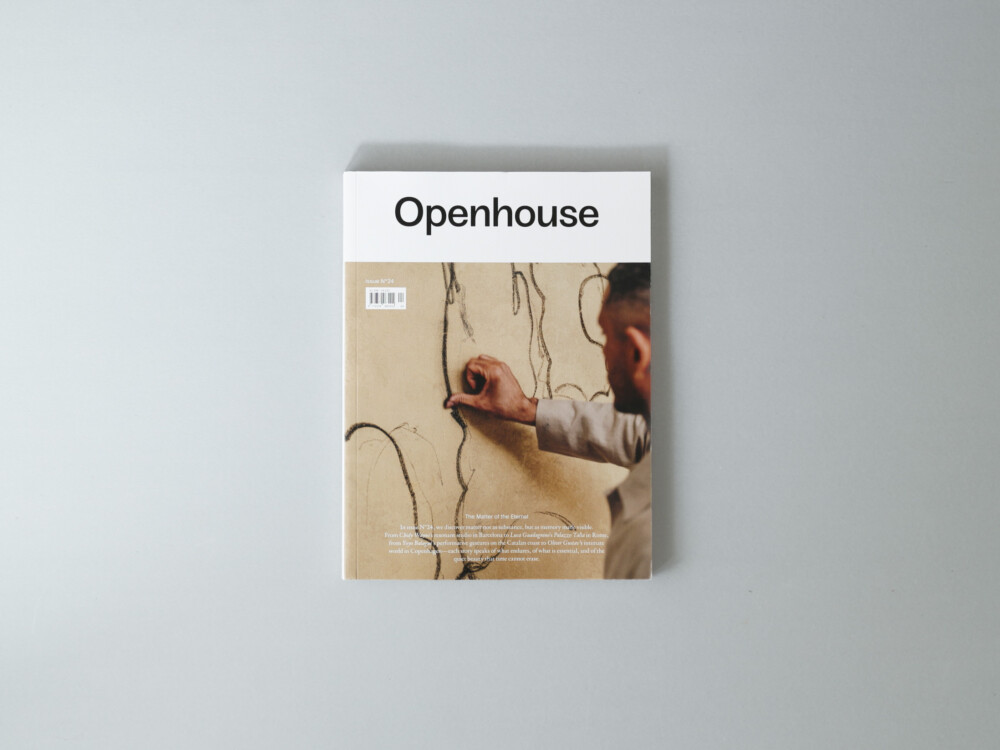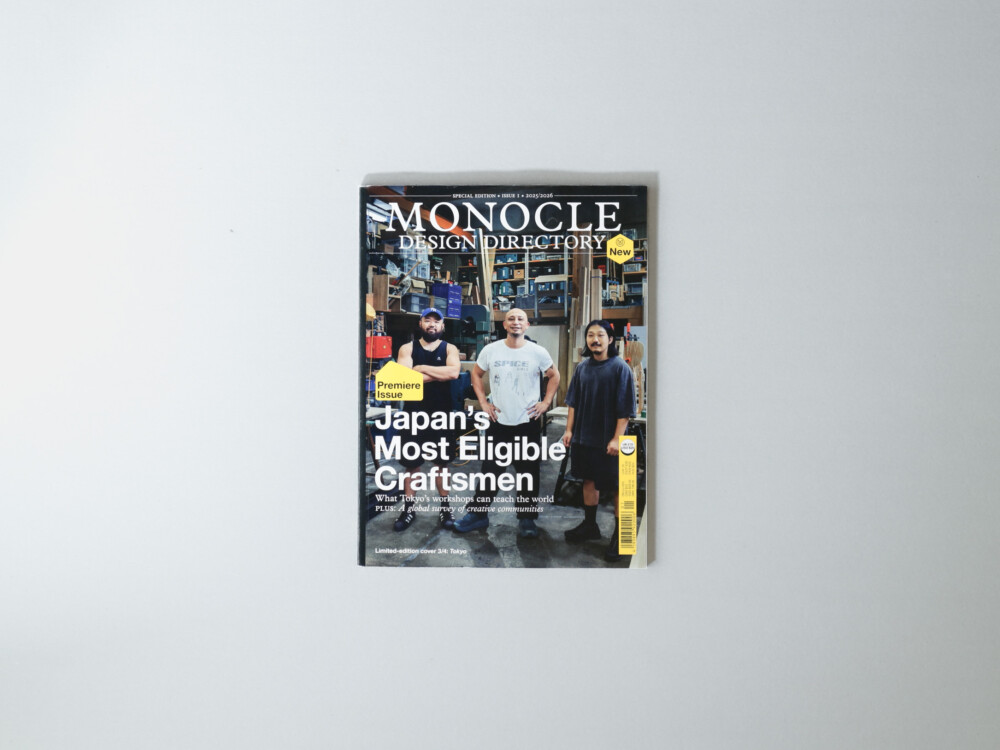Sustainability encompasses various practices, all aimed at reducing carbon emissions. Adaptive reuse of buildings and minimizing embodied energy (grey energy) are crucial for achieving climate neutrality. Equally vital measures are the efficient use of resources and reducing operational energy consumption in buildings designed for long-term use: How is the building insulated? How are its rooms cooled? In selecting projects for this issue, we considered which of the many decarbonization strategies to feature, given their diverse and sometimes conflicting directions. Can a standalone house on undeveloped land be eco-friendly? Can concrete buildings contribute positively to sustainability? Choosing to move beyond a restrictive mindset, we feature not only urban timber constructions and adaptive reuse with building extensions but also a concrete building and a vacation home in a field.
In this issue, you’ll find also two apartment buildings in Barcelona and Eindhoven that employ low-tech solutions and circular construction. In Lot, France, a new school building by Dietrich Untertrifaller generates more energy than it consumes. And the BOB Campus in Wuppertal leverages a site-specific resource for sustainability: existing structures. In our Technology feature, Claudia Siegele examines the carbon footprint of concrete. Meanwhile, the office building by Studio Sozia demonstrates the advantages of this mineral-based building material for long lifecycles and flexible-use spaces. Numerous strategies can reduce a building’s environmental impact. With this June issue, we spotlight six diverse projects that are taking steps towards a climate- neutral future in very different ways.







